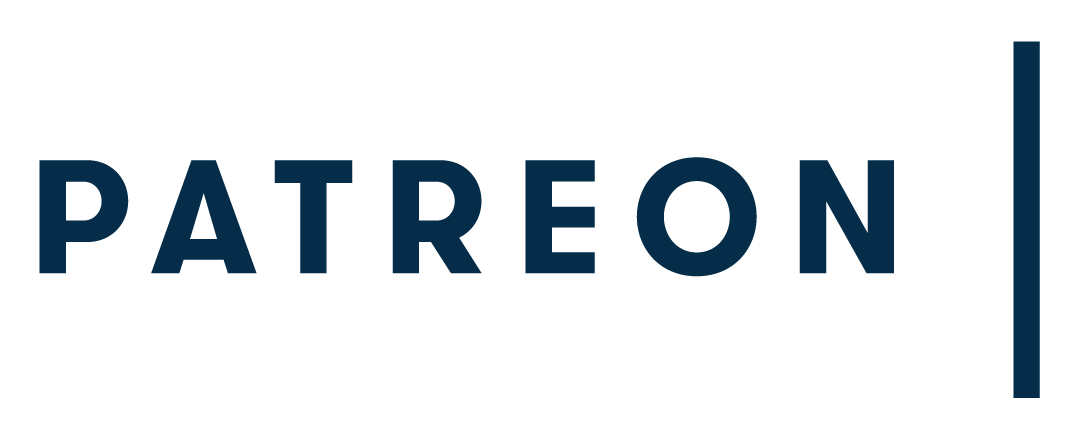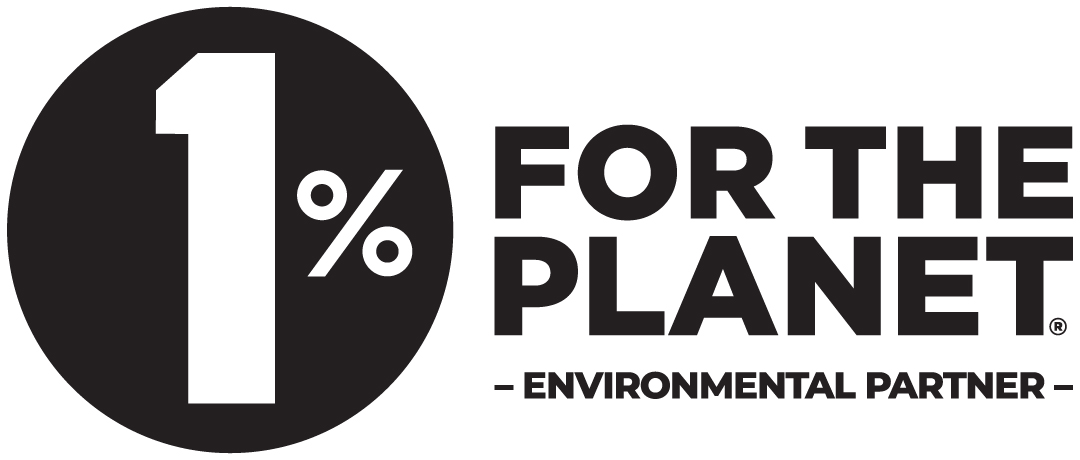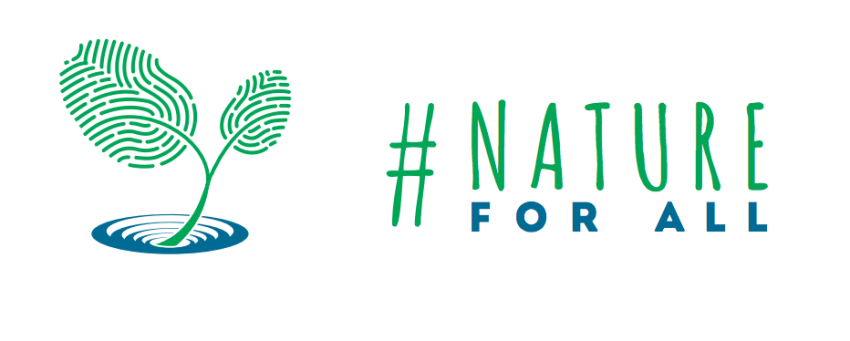Why People Keep Trying to Pet Animals at National Parks
Stewardship: Are we killing nature with kindness? / 469 views / Popular
- Listing ID: 11863
- Bias: Centre
- Sub-Category: Stewardship
- Source: CN Traveler
- File Type: Essay/Analysis
- Overview: Why do people keep touching wildlife
- Web Link: https://www.cntraveler.com/story/why-do-people-keep-touching-animals-in-the-wild





 Or join us on Patreon!
Or join us on Patreon!






